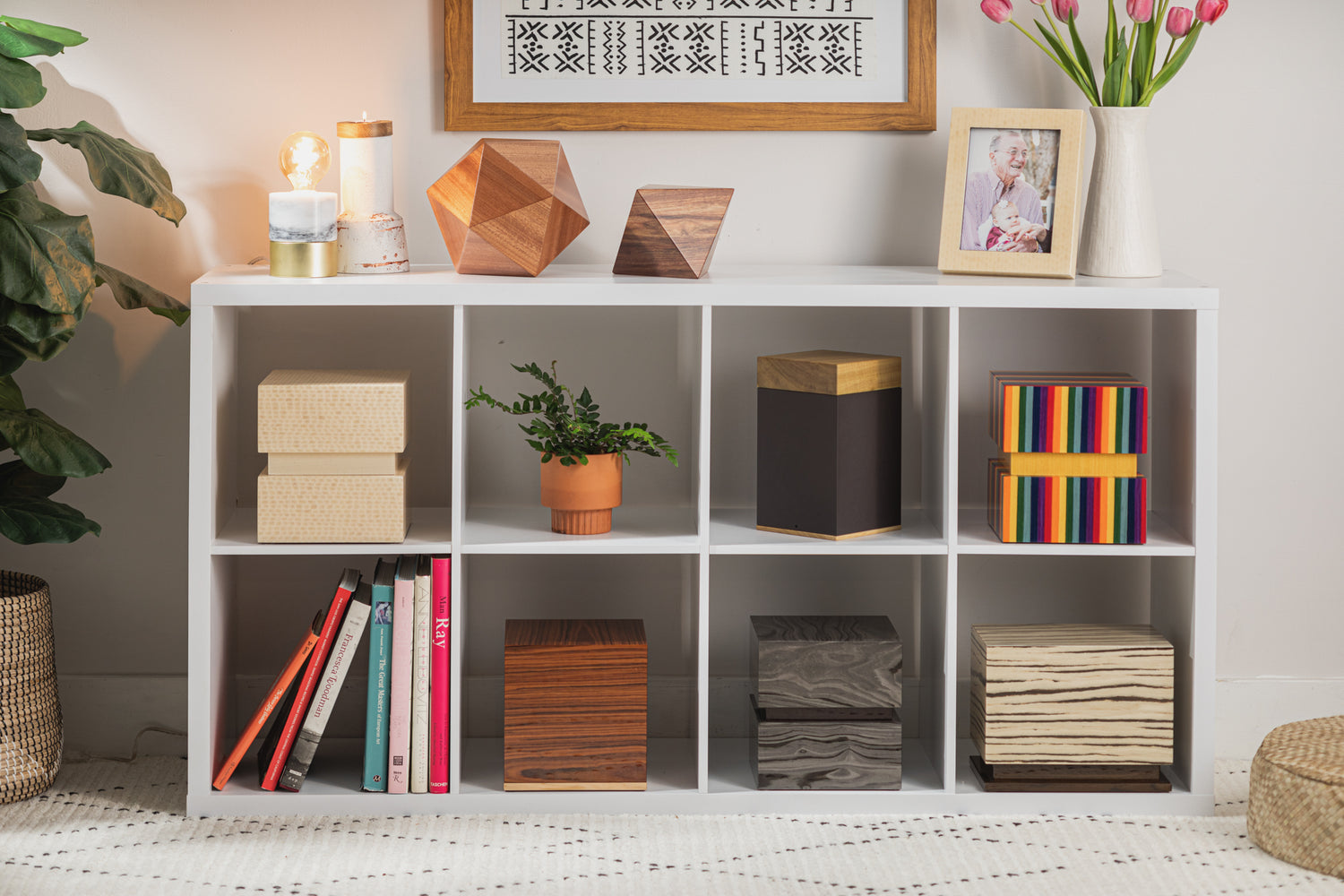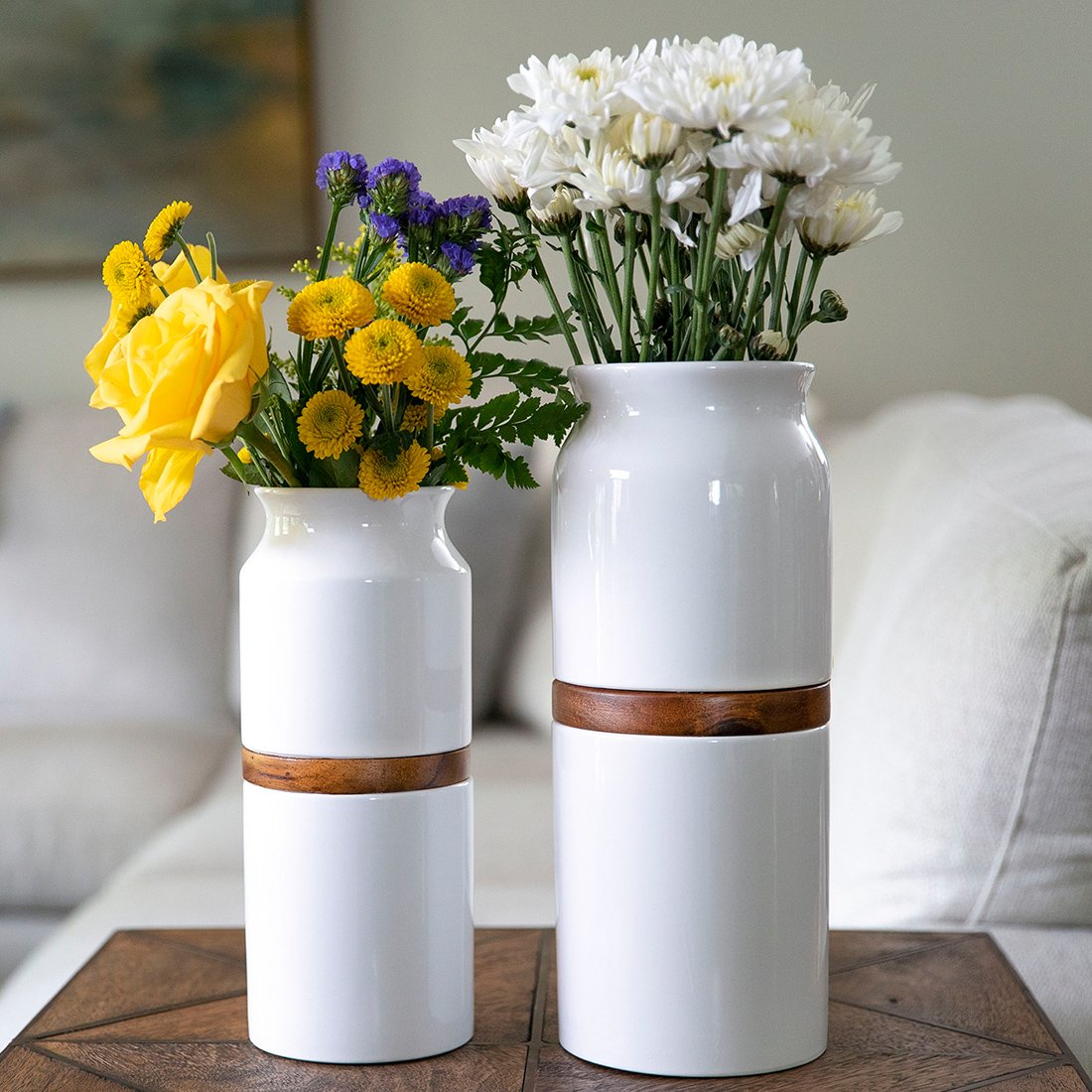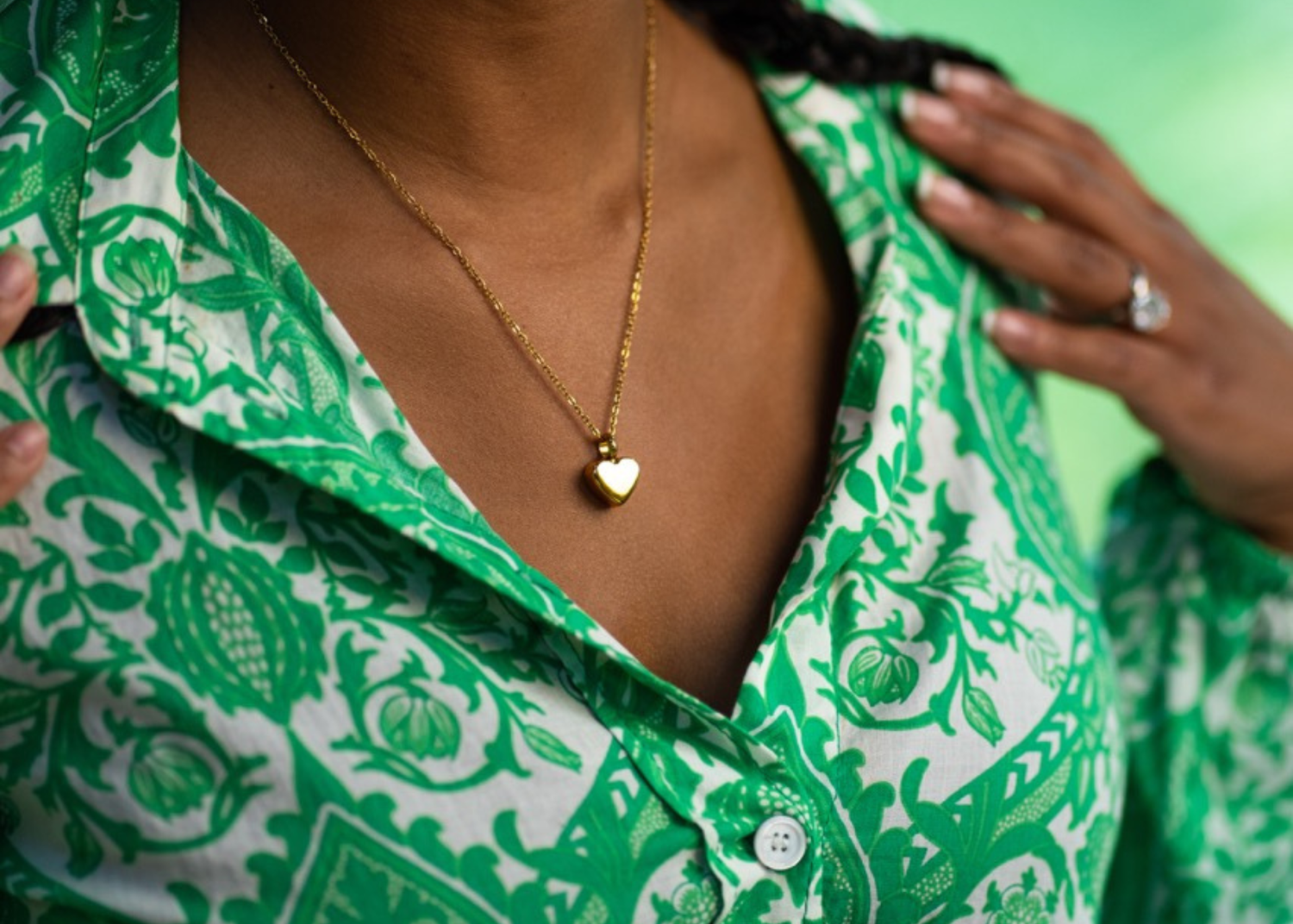

Scrapbooking has long been a beloved way to preserve and share memories. Traditionally, it involves arranging photos, captions and memorabilia in decorative albums, creating a tangible record of milestones and everyday moments. In the digital age, scrapbooking has evolved. Digital scrapbooks allow you to create dynamic, multimedia albums that can be easily shared with friends and family across the world. When someone passes away, building an online scrapbook becomes a poignant tribute—collecting photos, videos, stories and notes that celebrate a life well lived. This article explores the benefits of digital scrapbooks, provides a step-by-step guide to building one, and offers ideas for making your album meaningful and secure.
Why Choose a Digital Scrapbook?
Digital scrapbooks offer advantages over physical albums, especially when honoring someone’s life:
-
Accessibility and Sharing: A digital album can be viewed on any device and shared via email, social media or private links. Loved ones across the globe can access it simultaneously.
-
Interactive Elements: You can embed videos, voice recordings, music, slideshows and links. This adds depth to the storytelling and brings memories to life.
-
Collaboration: Family and friends can contribute photos and messages to the same album. This collective process fosters connection and ensures diverse perspectives.
-
Durability: Digital files don’t deteriorate like paper. They can be backed up and preserved indefinitely.
-
Space and Convenience: No physical storage is needed, and you can create multiple copies for different purposes.
-
Customization: Many platforms offer templates, backgrounds, stickers and fonts, allowing you to personalize the design to reflect the individual’s personality.
While nothing replaces the tactile feel of a physical scrapbook, digital albums provide a versatile, modern approach to memorializing a loved one.
Choosing the Right Platform
There are numerous platforms and apps for creating digital scrapbooks or online albums. Consider your needs—privacy, ease of use, design flexibility, collaboration features and cost—when selecting one. Here are some options:
-
Dedicated Scrapbook Websites: Platforms like Canva, Smilebox, Shutterfly and Mixbook offer scrapbook templates and drag-and-drop interfaces. Some allow print versions as well.
-
Photo Sharing Sites: Google Photos, Apple Photos and Flickr enable you to create albums with photos and videos. You can share links and set permissions.
-
Cloud Storage Services: Dropbox, OneDrive and Google Drive allow you to upload files and organize them in folders. You can collaborate by sharing access.
-
Slide Presentation Tools: PowerPoint, Keynote and Google Slides can be used creatively to design scrapbook pages. Export them as PDFs or video slideshows.
-
Scrapbooking Apps: Mobile apps like Project Life and Scrapbook Digital let you create on-the-go using templates and stickers.
-
Website Builders: If you want a dedicated memorial site, platforms like WordPress or Wix allow you to build custom pages with photo galleries and guestbooks.
When choosing, consider how tech-savvy your contributors are and whether the platform meets your privacy expectations. Some sites have public galleries by default; ensure you can set albums to private or password-protected if desired.
Gathering Materials for Your Scrapbook
The heart of a memorial album lies in its content. Gather a variety of materials that tell a comprehensive story:
-
Photographs: Collect pictures from childhood, school, work, vacations, everyday life and special events. Ask family members to share their favorite photos. Scan printed photos at high resolution if needed.
-
Videos: Include clips from significant moments—weddings, graduations, birthdays—and casual footage that captures personality and voice.
-
Documents and Memorabilia: Scan certificates, letters, cards, artwork or awards. If physical items evoke memories (e.g., a favorite song’s sheet music, a recipe card), take pictures or scans.
-
Audio Recordings: Look for voicemails, recorded interviews, speeches or songs. Hearing a loved one’s voice can be profoundly comforting.
-
Written Stories and Memories: Invite friends and family to share anecdotes. These can be typed or recorded as voice notes. Encourage them to describe qualities they admired, lessons learned, humorous moments and ways the person impacted their life.
-
Timeline of Life Events: Compile key dates and milestones: birth, schooling, career achievements, marriages, children, travels and hobbies.
Collecting these materials can be a collaborative project. Create a shared folder or group chat where contributors can upload files. Provide clear guidelines about file formats, naming conventions and deadlines.
Organizing and Sorting Your Content
Before designing the scrapbook, organize your materials. This ensures a coherent story and makes the building process smoother:
-
Create Folders: Sort photos and documents into folders by theme or chronology (e.g., Childhood, College Years, Wedding, Family Vacations, Hobbies).
-
Label Files: Rename files with descriptive names (e.g., “Graduation_1998.jpg”) to track them easily.
-
Choose a Narrative Structure: Decide if your scrapbook will be chronological (birth to present), thematic (family, friends, hobbies), or a mix. An overarching narrative helps guide the viewer through the life story.
-
Select Highlights: If you have hundreds of photos, choose those that best represent different aspects of the person. Variety keeps viewers engaged.
-
Plan Page Sections: Sketch a rough outline of album sections or pages. For instance, start with a cover page, an introduction with a short biography, then sections for childhood, adulthood, career, family, hobbies and tributes.
Preparing these elements beforehand streamlines design decisions and reduces the chance of overlooking important content.
Designing Your Digital Scrapbook
Now comes the creative part—bringing your collected materials into an aesthetically pleasing layout:
1. Choose a Template or Theme
Many platforms offer templates with coordinated colors, fonts and layouts. Select one that matches the personality and style of your loved one. For example, a vintage theme may suit a history lover; a colorful, playful design may reflect someone with a vibrant personality.
2. Customize Backgrounds and Colors
Choose background colors or textures that complement your photos. Soft neutrals keep the focus on images, while bolder backgrounds can set a mood. You can also upload custom backgrounds, such as a favorite place or pattern.
3. Add Titles and Captions
Include page titles (e.g., “Growing Up,” “Our Travels,” “Celebrations”) to guide viewers. Write captions for photos, noting who is in the picture, when and where it was taken, and any special anecdotes. Use consistent fonts and sizes for readability.
4. Incorporate Stories and Quotes
Embed short paragraphs or quotes that capture the essence of the person. Ask family members to write messages or share quotes that remind them of the deceased. You can also include their own words from letters or social media posts.
5. Embed Multimedia
If your platform allows it, add video clips or audio. A montage of family videos can be linked or embedded. You might include a voice message the person left, a favorite song or a recording of a speech. Some platforms display video thumbnails; others require links to external hosting.
6. Use Frames and Decorations
Digital stickers, frames and embellishments enhance visual interest. Flowers, borders, ribbons and hearts can be tastefully placed around photos and text. Be mindful not to overcrowd pages; leave breathing room for the content.
7. Balance Layouts
Mix full-page images with collages. Use white space to draw attention to important elements. Alternating layouts—single-photo pages, grids and overlapping images—keeps the album dynamic.
8. Proofread and Review
Check spelling and grammar. Ensure names and dates are accurate. Share the draft with a family member to catch errors and to see if the design resonates with them.
Collaborating and Inviting Contributions
A powerful aspect of digital scrapbooks is the ability to include contributions from multiple people:
-
Shared Albums: Platforms like Google Photos allow you to create a shared album where invited users can add photos and comments.
-
Comment Sections: Some scrapbook platforms have comment or guestbook features. Loved ones can leave notes, share stories or express their condolences.
-
Video Messages: Encourage friends to record short messages and upload them to the album. These heartfelt tributes add a personal touch.
-
Interactive Questions: Include prompts like “What do you miss most about them?” or “Share a favorite memory.” Invite responses in a shared document or message board linked to the album.
Collaboration not only enriches the scrapbook but also provides a healing opportunity for contributors. It invites them to reflect on their relationship with the deceased and to feel part of a collective remembrance.
Sharing and Security
As you prepare to share your digital scrapbook, consider privacy and accessibility:
-
Privacy Settings: Most platforms allow you to set albums to private, public, or invite-only. Choose settings based on your comfort level. You may want the album to be viewable only by those with a password.
-
Link Sharing: Generate a shareable link to send via email, text or social media. Clarify whether viewers can edit, comment or only view.
-
Passwords and Permissions: Protect sensitive content with a password. If your album includes personal documents like birth certificates or letters, restrict access to close family.
-
Backup: Keep a copy of the album on your hard drive or a cloud service. Platforms change, and data loss can happen. Export the album as a PDF, slideshow or zipped folder for safekeeping.
-
Updates and Maintenance: Decide if the scrapbook is static or if you’ll add to it over time. Keeping the album updated with new memories or anniversaries can be comforting, but it may require ongoing curation.
Balancing accessibility and security ensures that your tribute reaches those who need it while safeguarding personal information.
Making Digital Scrapbooking a Healing Activity
Creating a memorial scrapbook can be therapeutic. Here are ways to make the process meaningful:
-
Reflect During Creation: As you sort photos and design pages, allow yourself to feel whatever arises—joy, sadness, nostalgia. Take breaks if emotions become intense. The process is part of your grief journey.
-
Integrate Rituals: Light a candle or play your loved one’s favorite music while working. This sets a sacred tone and honors their presence during the creation process.
-
Set a Timeline: If the album is part of a funeral or memorial service, plan backwards from the date. For personal projects, set gentle milestones to avoid overwhelm.
-
Seek Support: If you find certain images or stories triggering, reach out to friends, family or a therapist. They may help contextualize difficult memories.
-
Celebrate Life: Include joyful moments, achievements, hobbies and quirks. A balanced album acknowledges sorrow but also celebrates the richness of your loved one’s life.
The act of curating, designing and reviewing the scrapbook can bring a sense of connection and closure.
Printing and Physical Keepsakes
While digital albums are the primary focus, you may want tangible versions:
-
Photo Books: Many scrapbook platforms offer printing services. You can turn your digital album into a professionally bound book. This serves as a physical keepsake for those who prefer holding an album.
-
Poster Collages: Choose key pages or collages and print them as posters to display at memorial services or in your home.
-
Memory Cards: Print individual pages as cards to send to family members on anniversaries or holidays. Each card highlights a different memory or message.
-
USB Drives: Preload the digital scrapbook onto USB drives and distribute them as memorial gifts. Customize the drives with your loved one’s name or photo.
Physical keepsakes complement the digital album and provide variety in how memories are shared and preserved.
Innovative Features and Future Trends
Digital memorialization continues to evolve. Here are emerging technologies to consider:
-
Augmented Reality (AR): Some scrapbooking platforms allow AR triggers—viewers scan a photo with a smartphone and see a video or 3D element. This adds a magical, interactive layer.
-
QR Codes: Generate QR codes that link to specific pages or videos. You can print these codes in physical albums or on memorial keepsakes, bridging the physical and digital.
-
Voice Narration: Record yourself or family members narrating pages. Viewers can click to hear the story behind a photo. It adds warmth and intimacy.
-
Interactive Timelines: Digital scrapbooks can include timelines that viewers scroll through, with photos and events appearing along the way. This dynamic approach engages younger generations.
-
Virtual Memorials: For those who want a broader experience, combine your digital scrapbook with a virtual memorial website that includes guestbooks, donation pages and live-streaming options for events.
Exploring these features adds uniqueness and accessibility to your tribute.
Conclusion
Creating a digital scrapbook to celebrate a life is both a creative project and a heartfelt tribute. It offers the flexibility to incorporate photos, videos, stories and interactive elements that capture the essence of your loved one. Digital albums can be easily shared, allowing faraway family and friends to contribute and participate in remembrance. By thoughtfully selecting a platform, gathering meaningful materials, organizing content and designing a cohesive narrative, you can craft an online album that honors your loved one’s life and legacy.
Whether you keep the scrapbook private for family eyes only or share it widely, the process itself can be healing—an opportunity to laugh, cry and remember. And in a world where digital memories often feel fleeting, a curated digital scrapbook stands as a lasting, accessible testament to a life that touched many hearts.
Our Best Selling Collection
Frequently Asked Questions
What are the shipping options for my memorial?
Oaktree offers free nationwide shipping on all urns and cremation jewelry items, with delivery typically taking 2-5 business days, including processing time. Need it sooner? Expedited shipping (overnight or 2-day) is available at checkout for an additional cost, and we will also prioritize processing for faster delivery. If you need international shipping, please contact us first to confirm availability and rates.
How long will it take for my engraved item to arrive?
Engraved urns and cremation necklaces require an additional 1-3 business days for personalization before shipping. If you need faster delivery, please contact us—we’ll do our best to expedite processing and accommodate your timeline. Expedited shipping options are also available at checkout to ensure your memorial arrives as soon as possible.
What do I do if I never received my order?
If your order hasn’t arrived within 10 business days, please contact us so we can track your shipment and resolve any issues. We’ll ensure your memorial reaches you as soon as possible.
What do I do if I received a defective order?
If your order arrives damaged or defective, contact us right away. We take pride in our high-quality craftsmanship and will work quickly to replace or repair your item at no additional cost.
Can I return my urn or cremation necklace? What is your return policy?
Oaktree offers a 100-day return and exchange policy for non-engraved items. Due to personalization, engraved urns are final sale and cannot be returned. For full details on how to start a return or exchange, visit our Returns & Exchanges page.
How do I make changes to an urn I’ve already ordered?
If you need to modify an order, contact us as soon as possible. If your urn is already engraved, we may not be able to make changes, but we’ll do our best to accommodate your request before processing.
How are your urns made? Where do the materials come from?
Oaktree’s urns are handcrafted in the USA and Europe using sustainable, locally sourced materials. Our artisans ensure each piece is beautifully designed and built to honor your loved one’s memory with care.
How do I choose the right urn size?
Each product page includes detailed dimensions, weight capacity, and cubic inches to help you select the right urn. As a general guide, 1 cubic inch holds 1 pound of pre-cremation weight. If you need help choosing, feel free to contact us.
Some urns are marked as “sold out.” When will they be available?
Our handmade urns may take a few weeks to restock. If you’re interested in a specific style, contact us for an estimated restock date, and we’ll notify you when it’s available.
Does Oaktree place the ashes into my urn?
Yes, we offer an optional ash transfer service for an additional fee. If you’d like us to handle this process, please contact us when placing your order. You’ll need to mail the ashes to us, and we’ll carefully transfer them into your selected urn.
How do I transfer ashes into my urn?
Cremated remains typically arrive in a sealed plastic bag inside a plastic container. To transfer them, simply place the sealed bag inside your urn. If needed, use a funnel for precise placement. If you have any concerns, our team is happy to assist.
How do I order an engraved urn?
To personalize your urn, select “Yes” under “Would you like your item engraved?” on the product page. If you’d like a custom design beyond standard engraving, contact us and we’ll explore options to create a unique tribute.
Can my urn be shipped directly to a funeral home?
Yes! During checkout, you can enter the funeral home’s address for direct shipping.
Can I customize my urn beyond engraving?
Yes! In addition to engraving, we offer custom design services, including unique finishes, symbols, or artwork. If you’d like to personalize your urn beyond standard options, contact us to discuss customization possibilities.
What materials are Oaktree urns made from?
Our urns are crafted from premium materials such as wood, ceramic, marble, metal, and biodegradable materials. We focus on sustainable sourcing and high-quality craftsmanship to create lasting memorials.
Do you offer keepsake urns or mini urns?
Yes, we offer keepsake urns and mini urns, which are smaller versions designed for sharing ashes among family members or keeping a small portion as a personal tribute.
Can I pre-order an urn for future use?
Absolutely! Many customers choose to pre-order an urn in advance. This ensures availability and allows for customization without time constraints. Contact us to arrange a pre-order.
Do you offer pet urns?
Yes, we provide a range of pet memorial urns designed to honor beloved pets. These are available in different materials and sizes to suit dogs, cats, and other pets.
How do I clean and maintain my urn?
Urns require gentle care to maintain their beauty. Use a soft cloth and mild cleaner for metal or ceramic urns. Avoid direct sunlight and moisture to preserve wood urns. Contact us for specific care instructions based on your urn’s material.
Can I travel with an urn? Are they TSA-approved?
Most Oaktree urns are TSA-compliant, making them safe for air travel. Choose a non-metal urn to ensure easy screening. We recommend carrying the urn in your carry-on bag and bringing the cremation certificate from the funeral home.
How do I track my order?
Once your order ships, we’ll send you a tracking number via email. You can use this to monitor the shipment status. If you don’t receive tracking details, contact us for assistance.
How do I contact Oaktree if my question isn’t answered here?
We’re happy to assist! Visit our Contact Us page to reach us via email, chat, or phone. Our compassionate team is ready to help.






